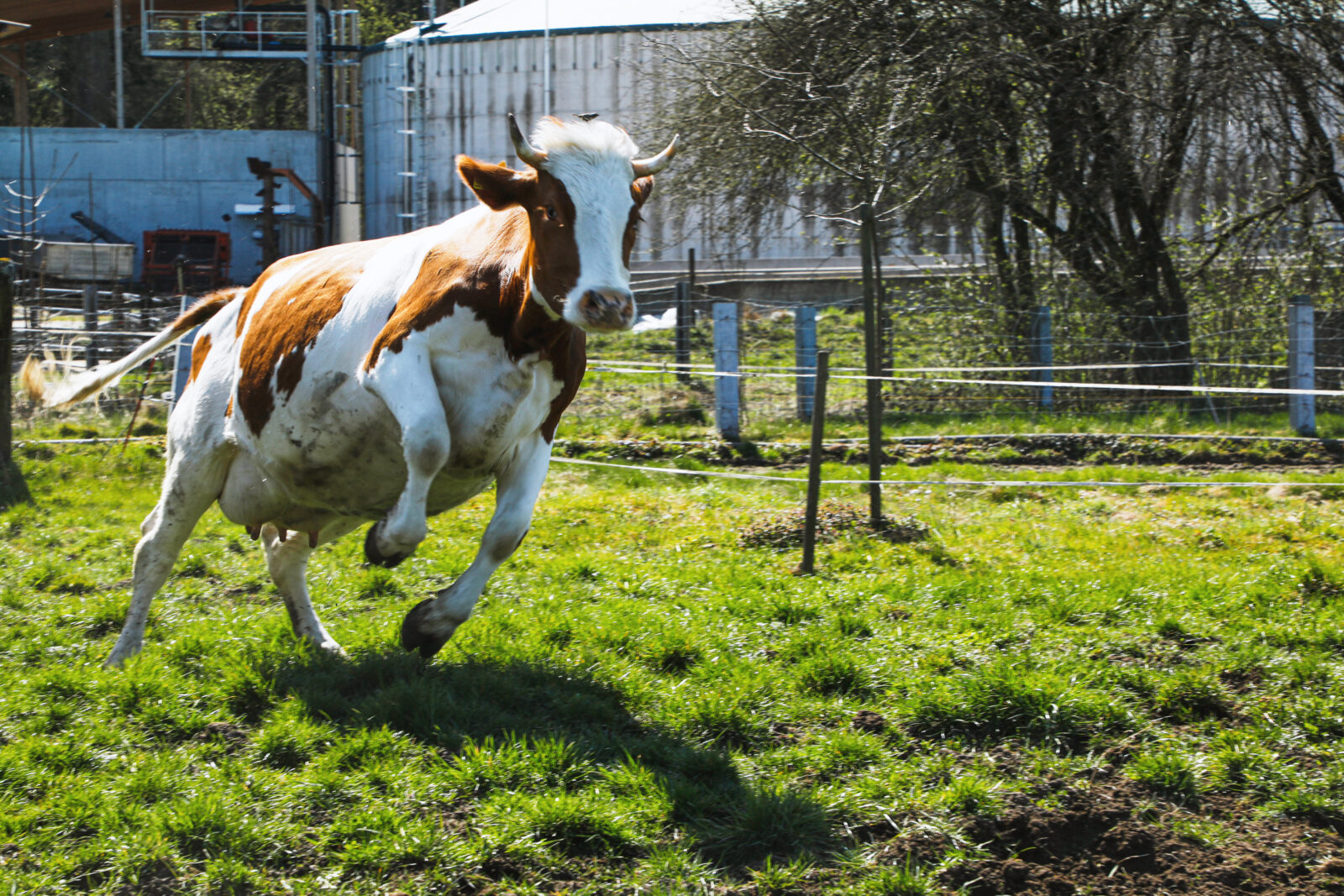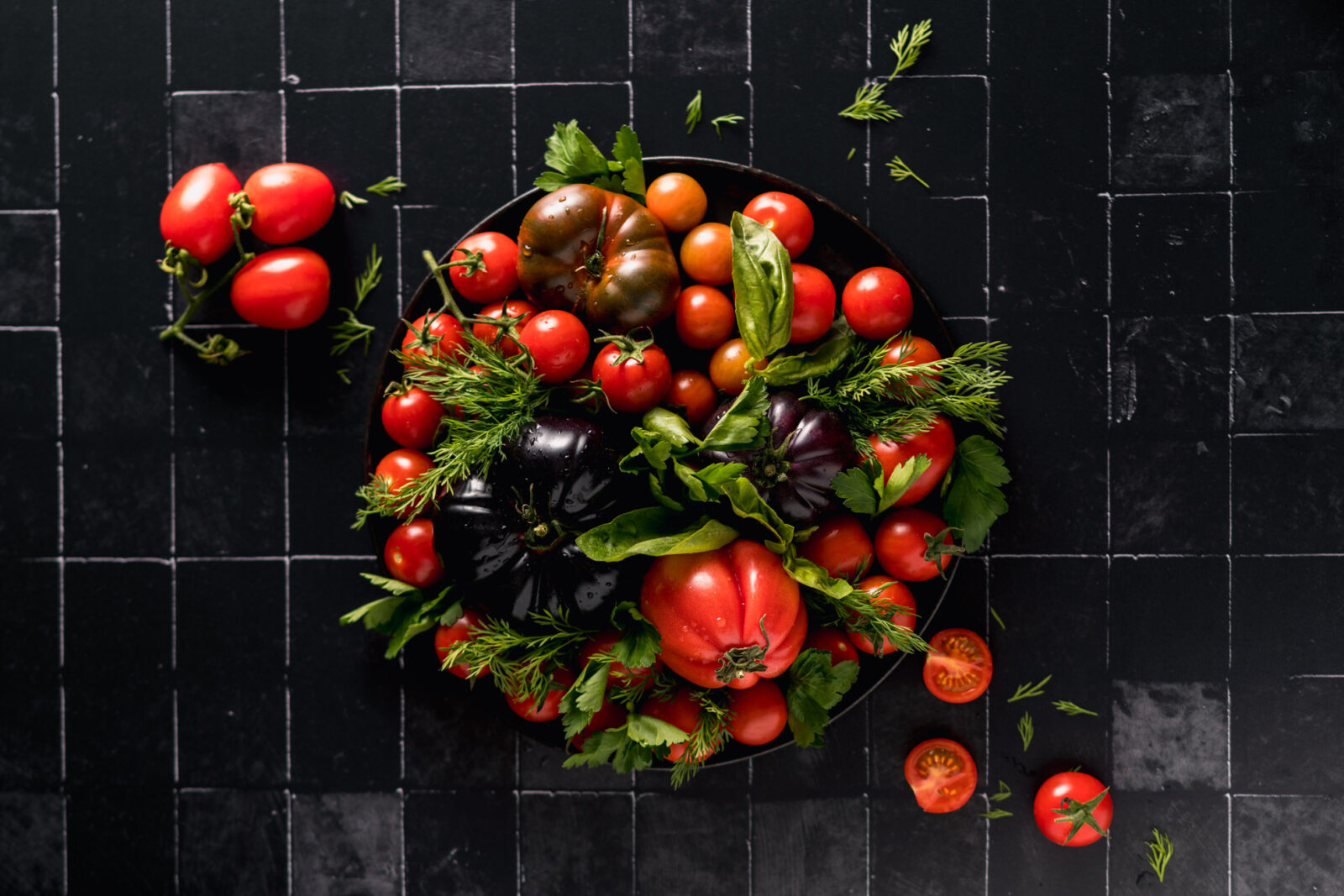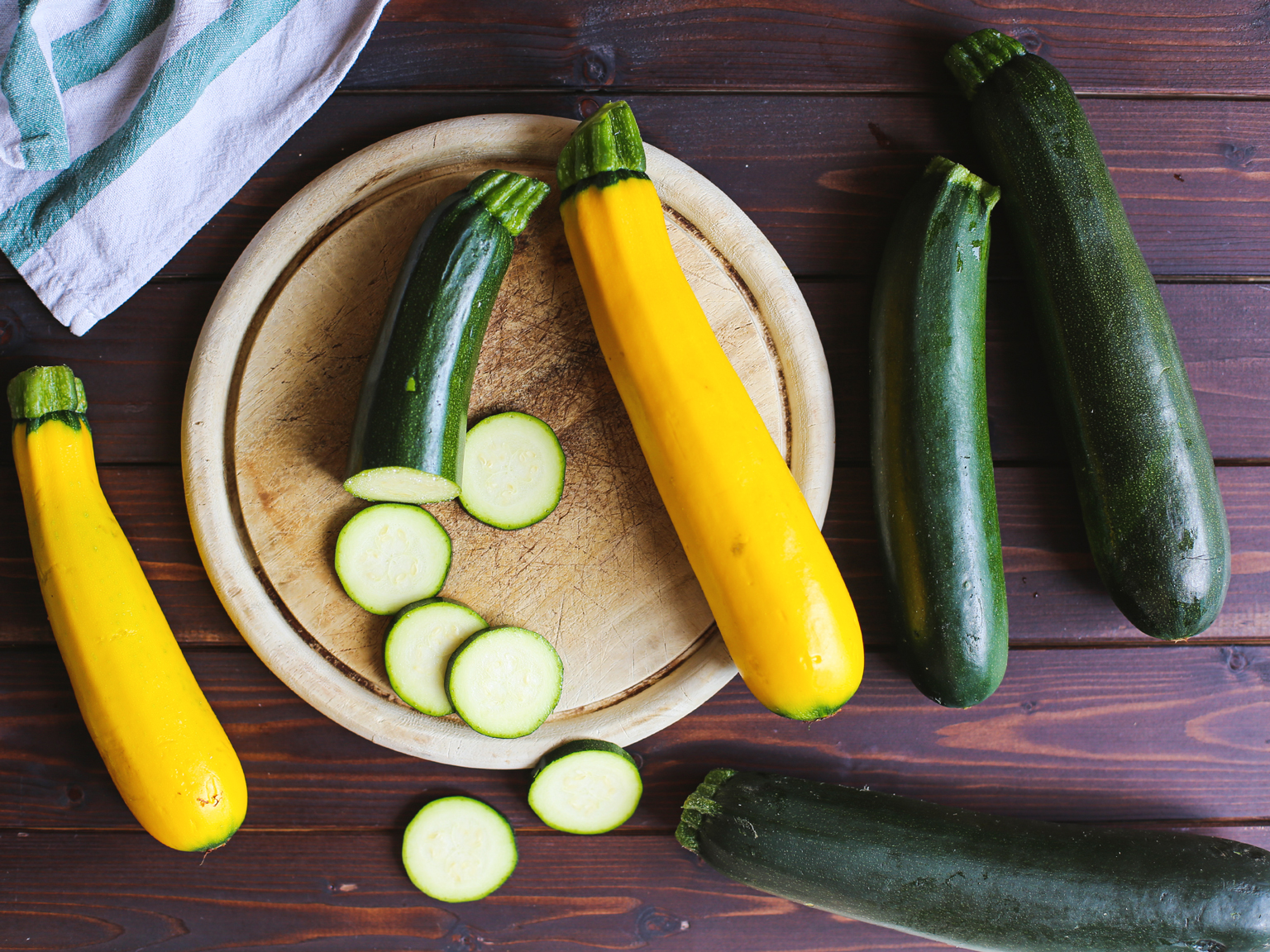
One of the most popular and demanded summer squashes in the kitchens – Courgette, the British name, not only delights with a light and clear grassy flavour. But it often serves as a blank canvas for the building of the overall dish perception.
Imagine ‘zucchini boat’ for example. Here the fruit is hollowed out, seasoned and stuffed with other foods. Or think of marinara sauce, and farce meat. It is topped with cheese or caramelized onions and garlic, quinoa, bell peppers and corn.
Zucchinis can shine from within the shadow
Zucchinis can be added for the bulk so to say. For instance, we like some vegetables in our soup but don’t want to camouflage the main bright flavours. Zucchini can help in such situations. They play in accordance with the major note but shine from within the shadow.
Think vegetable or chicken broth. Tomatoes, vinegar, a variety of dried herbs and our summer squash diced or spiralized. Seems like it can do almost nothing here. But pre-sear zucchini in butter. This way you’ll get a rather strong and intensely nutty, sweet and bitter flavour. And that’s exactly what we need.
Zucchinis as the main character
Courgettes surely can play a major role in a dish, that’s without a doubt. Take summer soups again and let’s create two outstanding dishes.
For our first creation take a large saucepan. Melt 1 Tbsp of butter and add a splash of olive oil. Toss one finely chopped small onion and 1 thinly sliced garlic clove inside. Let them cook for 10 minutes until golden. Add 500 gr of diced zucchini, cook and stir for another 10 minutes. Then add 250 ml of vegetable stock and 250 ml of water. Let it simmer until the zucchini gets soft. Then puree the soup until velvety smooth. For the final touch season with salt and pepper and serve with julienned carrots and squash.
The second soup is more indulgent and rich. Follow the same steps as above. But add to the saucepan with the frying zucchinis ¼ tsp of rosemary, ¼ of thyme, 1 pinch of cayenne pepper. Then add 500 ml of chicken stock and 1 Tbsp of soy sauce. Bring to a simmer and cook until the vegetable is soft. Then add ½ cup of cream and ½ cup of cheddar cheese. Here, the exact values are not very important. Stir until the cheese melts and serve this luscious velvety perfection with pieces of garlic bread.
By the way, our garlic bread is made as 1-2-3. Slice the bread in half, spread with melted soft butter and pressed garlic. Bake it flat-open in the oven and then broil for extra toasty crispiness. But beware, this bread is highly addictive! Don’t forget that our initial plan was zucchini soup after all.




